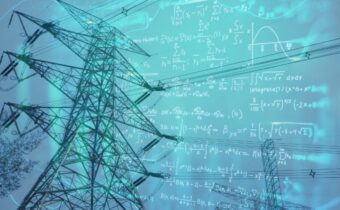
The Future of Grid Modernization: Enhancing Resilience and Reliability
The grid is undergoing a significant transformation, driven by the need for greater resilience and reliability.


The grid is undergoing a significant transformation, driven by the need for greater resilience and reliability.

The hub is a connection point for over 70 datasets from over 50 sources, including federal, state, academia, and private sector entities.
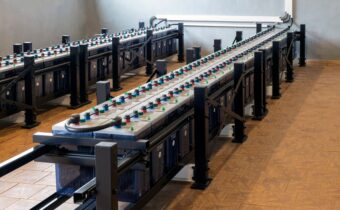
BESS is a key component in black start strategies for modern, renewable-heavy grids.
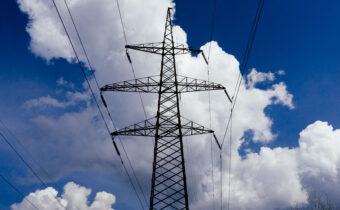
As we look to the future, it’s clear that VSC-HVDC technology will continue to play a major role in the power grid.
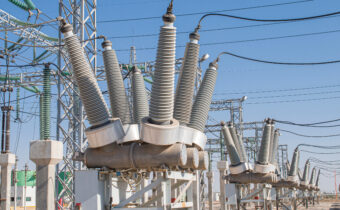
The evolution of circuit breakers has been driven by technological advancements and environmental concerns.

CHINT is a global leader in smart energy solutions.
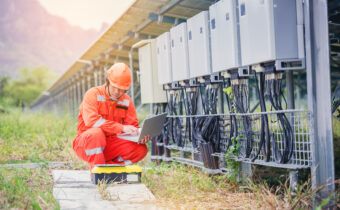
Inverters can provide grid support functions, inject reactive power, and provide grid monitoring and control capabilities.
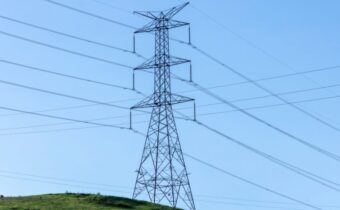
However, the project has faced criticism from some Conservative MPs, who argue that the new infrastructure will be unsightly and damage the countryside.

As the world shifts towards a more sustainable and renewable energy future, the need for efficient and reliable power flow control solutions has become increasingly important.
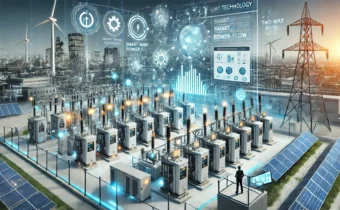
Reinforcement learning allows the grid to learn and adapt to changing conditions in real-time, making it more efficient and reliable.

The traditional substation is a staple of the electrical grid, but it’s about to get a major upgrade.

Reducing permitting times is critical, with the average time for wind and solar projects currently standing at seven and five years.

GETs can help to increase the hosting capacity of the grid, allowing it to accommodate more renewable energy sources.
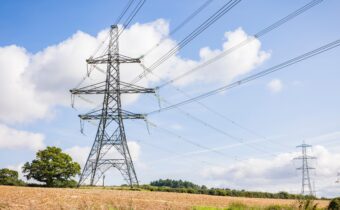
In a striking development, France has experienced a surge in negative electricity prices, with the first half of 2024 recording 233 hours of negative pricing.
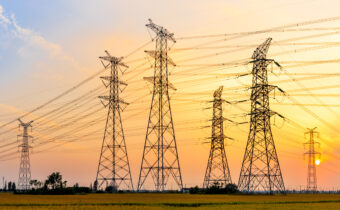
The sale of the Electricity System Operator to the UK government represents a pivotal moment in the evolution of the country’s energy system

While other options exist, lithium-ion batteries are becoming the preferred way to store energy from renewable energy sources.
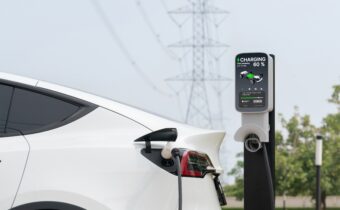
Two developments have shown that vehicle-to-grid technology can supply power during blackouts.
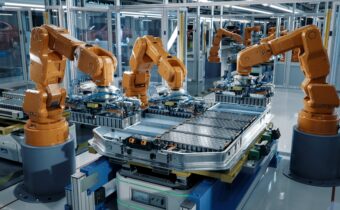
The latest energy storage project in California features a grid-scale modular battery system from Tesla.
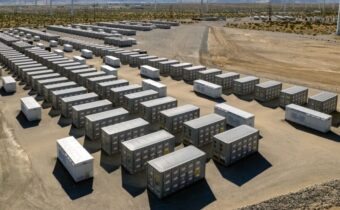
The Tennessee Valley Authority (TVA) aspires to have a carbon-free energy system by 2050, which includes the deployment and installation of 10GW of solar by 2035.

Daihen deployed Infineon’s CoolSic 2000 V modules for its grid storage unit-type advanced power conditioners.
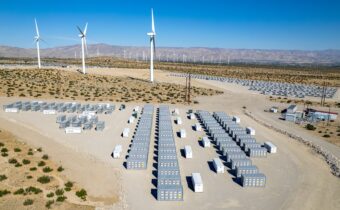
In the renewable energy transition, the role of BESS in ensuring grid stability and efficiency is set to become even more critical.

Utilities face numerous challenges to grid stability, including ageing infrastructure and the integration of renewable energy sources.
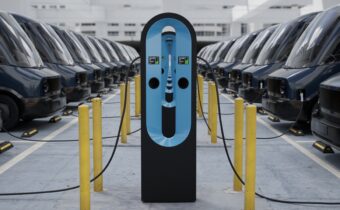
Artificial intelligence and smart charging target EV strain on the grid.

AI strains the grid – let it remedy the grid too.